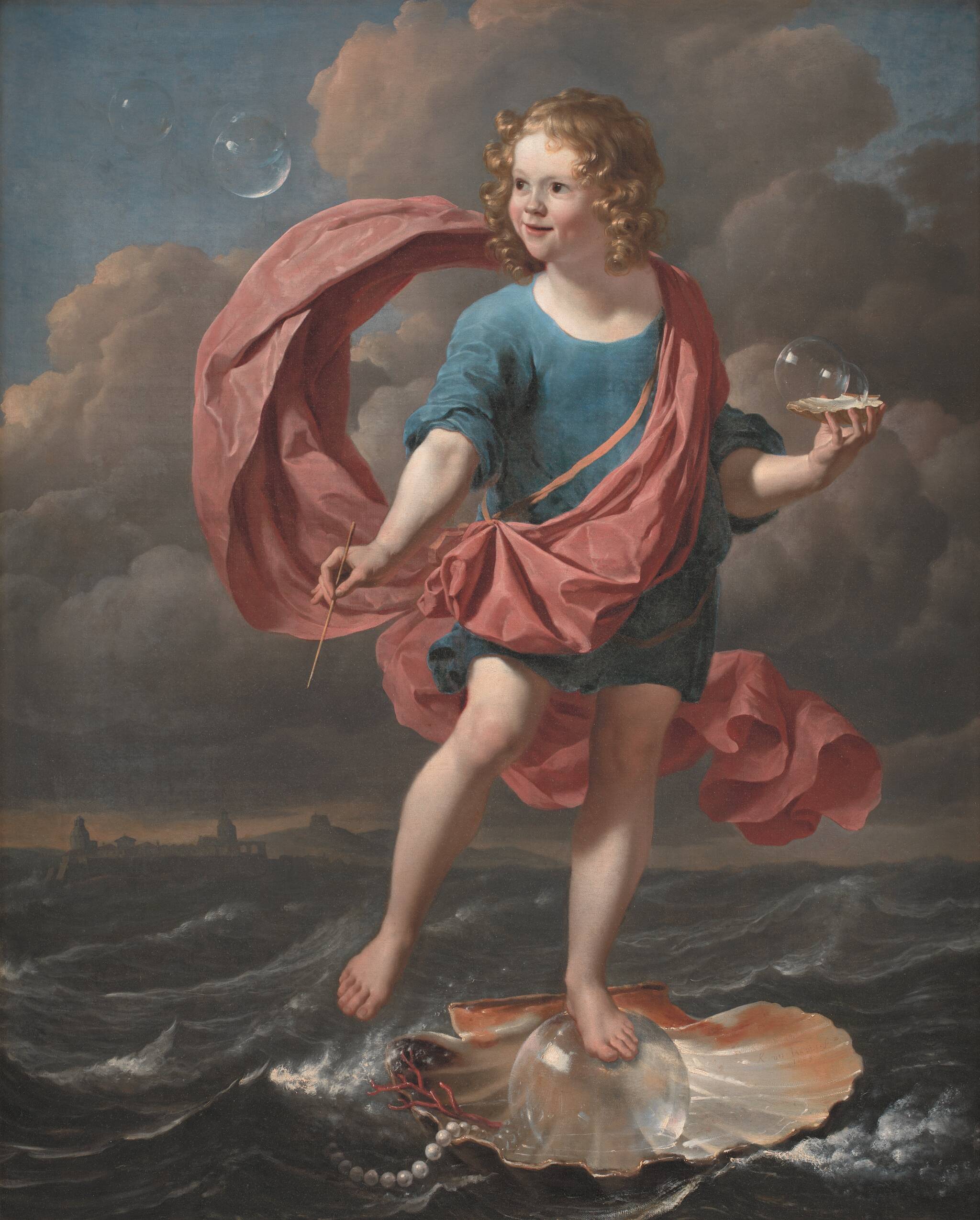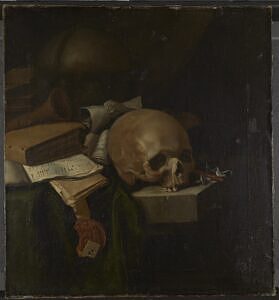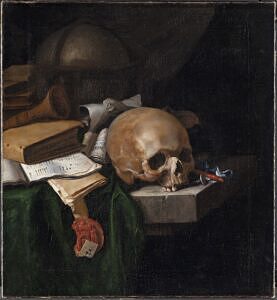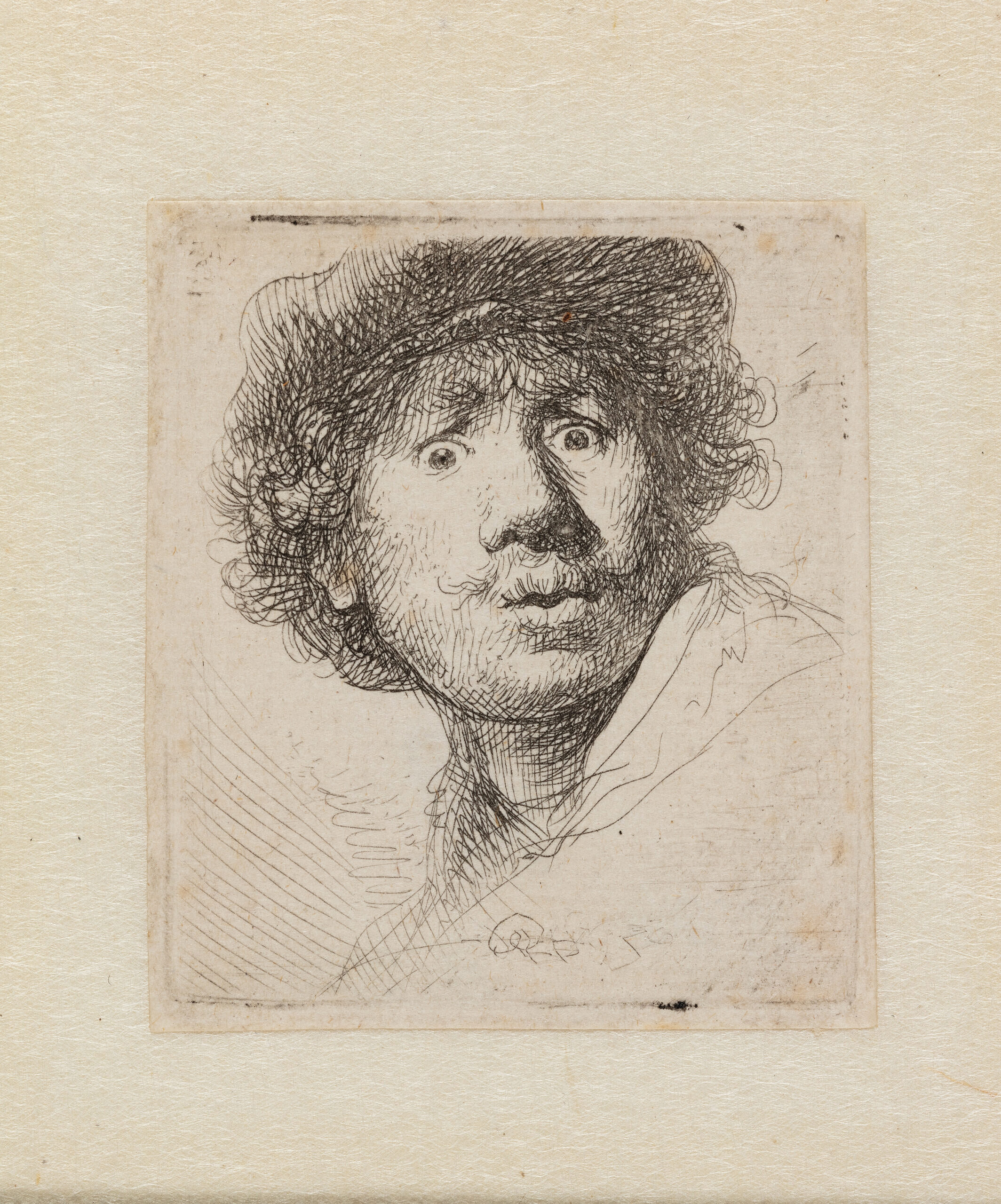This summer, SMK – National Gallery of Denmark presents a major exhibition on Baroque art, unpacking the history of this time of turmoil in seventeenth-century Western Europe. Several of the exhibits have been brought out of storage especially for this event: now, after several years of conservation work, they are on public display again for the first time in generations.
Drama and draperies. Theatre and the Thirty Years’ War. Sensuality and strong emotions. For the first time ever, SMK presents a comprehensive exhibition specifically about the Baroque.
Setting the mood with draped curtains and Baroque music, the show presents more than eighty works by European artists such as Rembrandt van Rijn, Peter Paul Rubens and Margareta Haverman. All exhibits are part of SMK’s rich collection of European art from the seventeenth century, and many of them have been brought out from the museum’s storage or brought back from Danish castles where they have been stored for generations. After extensive restoration work, they are now on public display for the first time in over 100 years, helping to shed new light on the period.

Karel Du Jardin, Boy Blowing Soap Bubbles. Allegory on the Transitoriness and the Brevity of Life, 1663
The exhibition BAROQUE – Out of Darkness focuses on an exuberant and turbulent time. Through paintings, works on paper and plaster casts, visitors will see the Baroque unfold as an age of free-thinking philosophers, alchemy, faith and superstition, witch hunts, war, capitalism and climate challenges
Life is short, death is near
Baroque-era Europe was a time of many crises, but even so the bourgeoisie and the middle class flourished. With their greater prosperity came a greater demand for art – especially art that addressed the viewer directly. Art had to speak to the viewer’s emotions, intellect and moral sense, and the goal of art was not only to delight, move and captivate, but also to teach and even convert.
During the period, the idea of life as a theatre was widely cultivated. We human beings were seen as actors on the great stage of the world, and our main and noblest task in life was to play the part we had been assigned. Our time on earth was considered fleeting: one of the fundamental ideas of the Baroque was that life is short and death is ever near.


Before and after conservation. Pieter van der Willigen created Vanitas Still Life in 1670, and the subsequent 350 years had settled on the scene like a shadow before the SMK conservators brought the work back to its original appearance.
In art, such thinking found expression in so-called vanitas symbols: arrangements of flowers and fruit, hourglasses, skulls, soap bubbles and extinguished candles. These motifs served to remind the viewer of the transience of life.
Drama and symbolism
Baroque artists had a penchant for the theatrical and the dramatic. They worked with contrasts between light and dark, life and death, and Baroque images are full of symbolism.

Rembrandt played with various facial expressions in his small self-portraits, taking on the role of an actor to express different emotions. / Rembrandt van Rijn, Rembrandt in a cap, open mouthed and staring, 1630
The exhibition and the accompanying book homes in on the many signs and symbols typical of the era. Through close readings of individual works of art, audiences are presented with different interpretations of the various scenes and motifs. By unfolding the worldview, culture and thinking of the Baroque, the exhibition also makes clear how the period has many similarities with our present time: from depictions of the horrors of war and a pervasive dark realism to the cultivation of all things staged and an enduring fascination with nature, simultaneously seen as threatening and fragile.
Furthermore, the exhibition delves into some of the many technical innovations that arrived during the period and takes a look at the artistic devices used in Baroque painting. For example, some artists began to paint on canvas rather than wooden panels, and one of the characteristic techniques of the age was the so-called chiaroscuro technique, where the most important elements were emphasised by theatrical lighting, leaving other parts in shade. In that way, the narratives emerged out of a deep darkness.
Publication
To coincide with the exhibition, SMK publishes a richly illustrated art book that lets you immerse yourself in SMK’s Baroque paintings and read much more about the period, the artworks and the artists behind them.
The authors are:
- Mikkel Bogh, former director of SMK
- Eva de la Fuente Pedersen, curator and senior researcher at SMK
- Anne Haack Christensen, conservator in charge of research at SMK
- Troels Filtenborg, senior conservator and senior researcher at SMK
Baroque – 17th-century art in the SMK collections will be published on 22 May 2023.